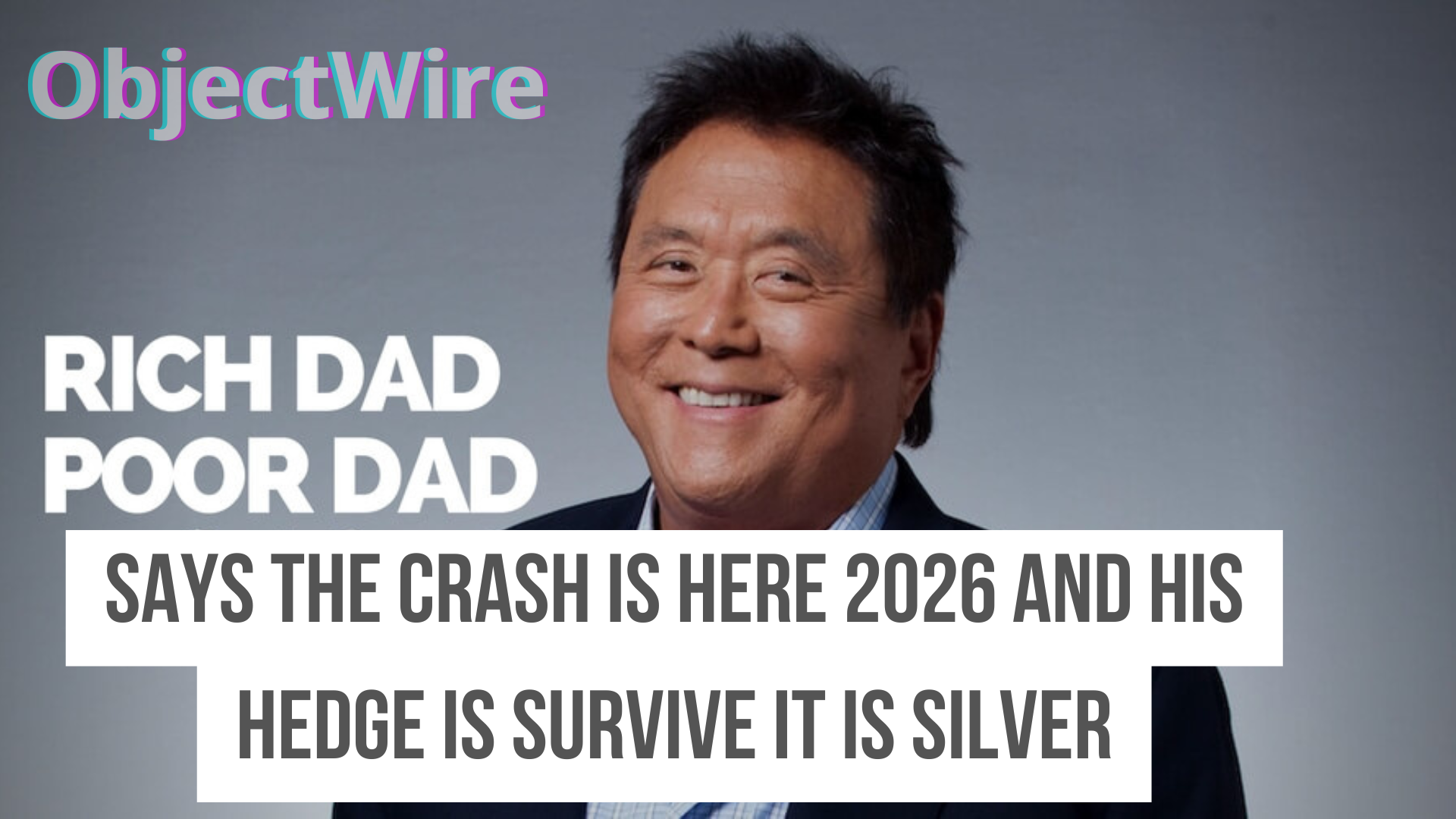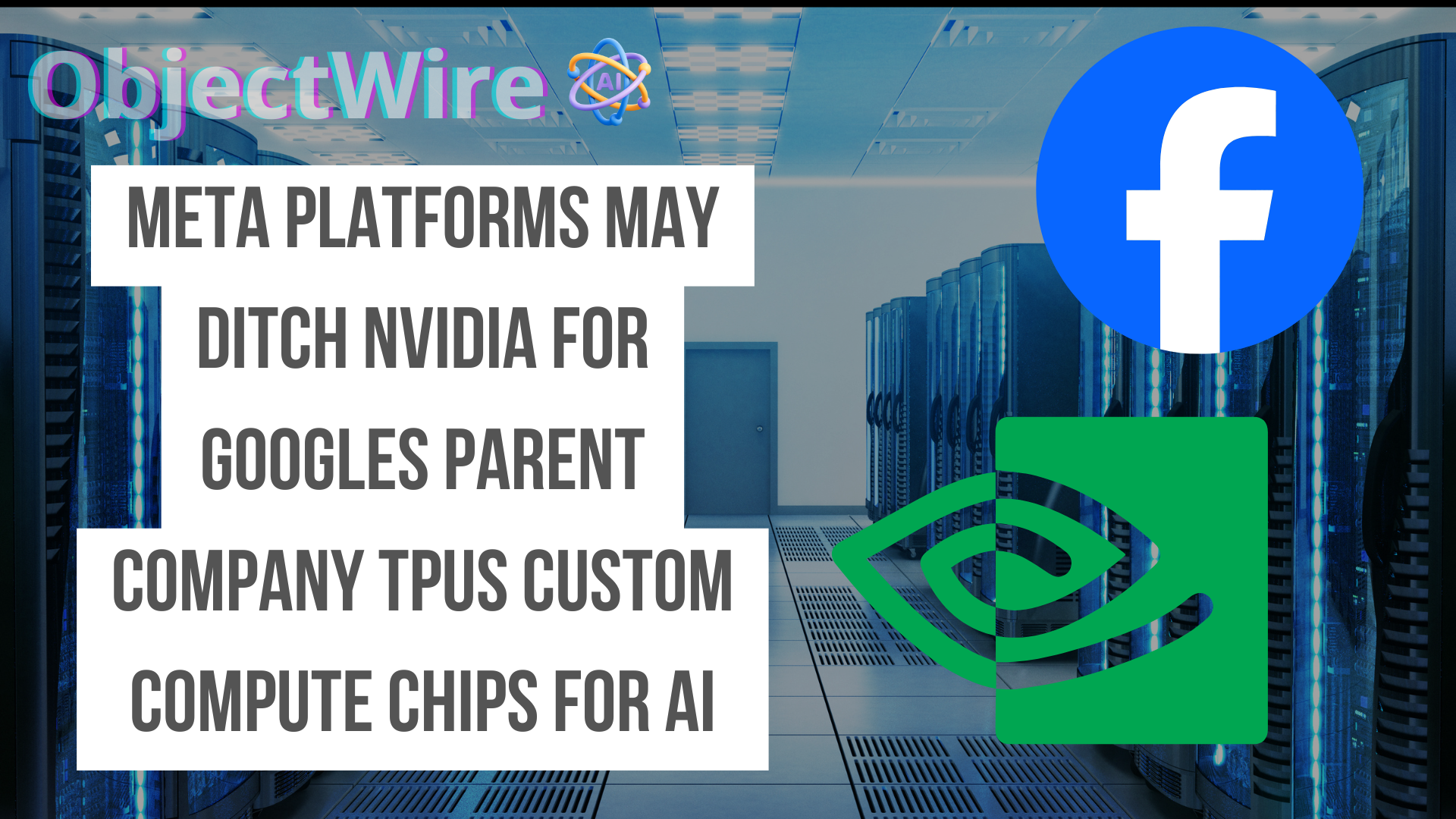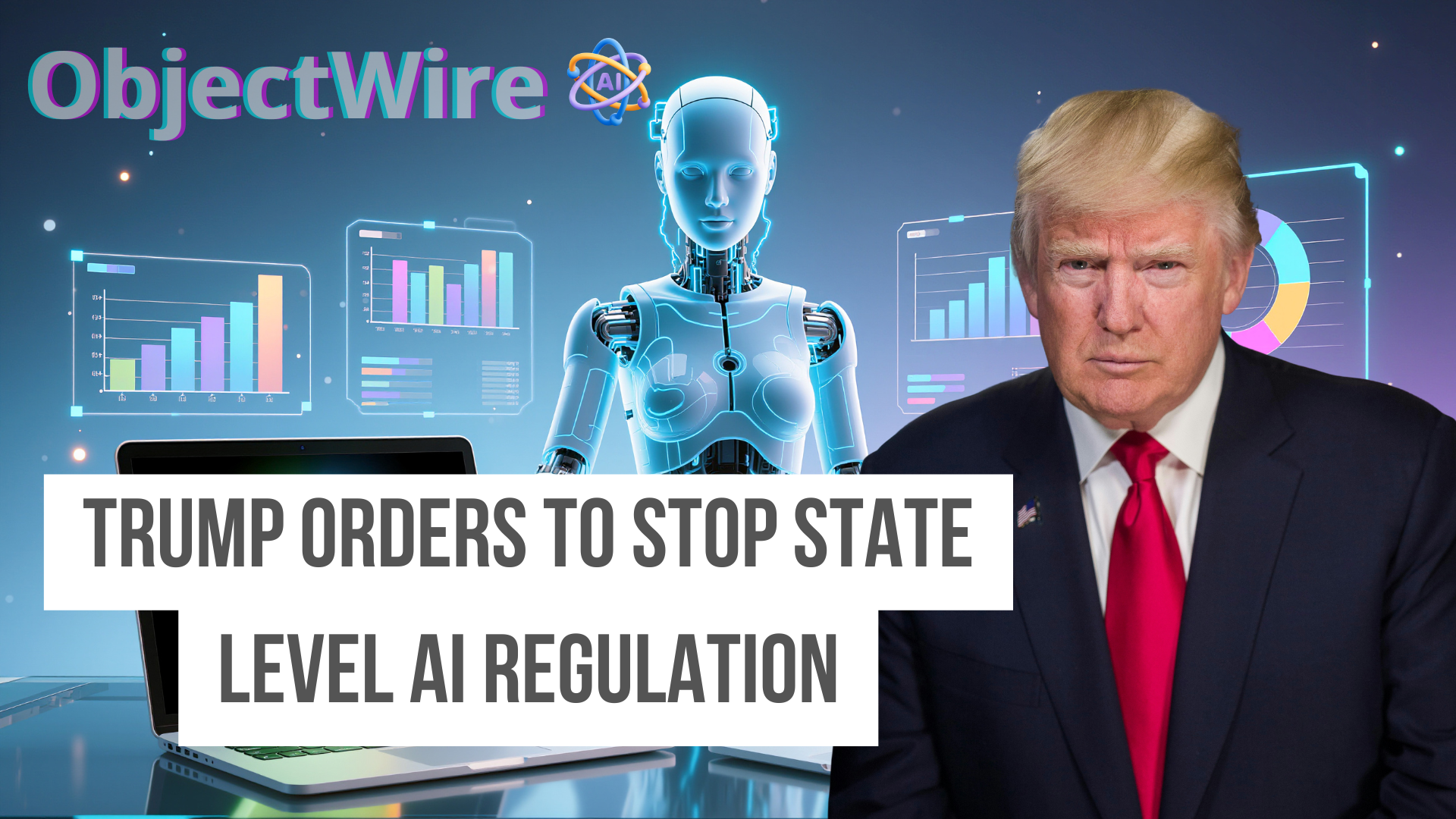Yext, Inc. (YEXT) What do they do? Is it a Good Investment?
In an era where your online footprint defines your reality, what if a single platform could shape how the world sees you—or control what you see?
Yext, Inc. (NYSE: YEXT), a digital experience platform, manages and analyzes online data to optimize customer interactions and brand visibility across search engines, social media, and maps.
But as it empowers businesses to influence public perception, could it also pave the way for dystopian systems tracking digital lives?
Yext Overview: A Digital Visibility Powerhouse
Yext, Inc. (YEXT) is a leading digital experience platform that helps businesses manage their online presence, ensuring accurate information across platforms like Google, Facebook, and Apple Maps. Founded in 2006 and headquartered in New York City, Yext went public in 2017 and serves over 2,500 clients, including major brands like Verizon and Marriott.
The company's mission is to connect customers with businesses by optimizing search queries, social media interactions, and location data. In 2025, Yext launched Yext Research, a program to advance SEO and marketing strategies, amid CEO Michael Walrath's non-binding acquisition proposal to take the company private. With a market cap of $726 million and Q4 2025 revenue of $113.1 million (up 12%),
Yext is a key player in digital marketing. But is its data prowess a double-edged sword?
What Does Yext Do? Core Products and Services
Yext offers a cloud-based platform that unifies a brand's online data, enabling consistent messaging across search, social, and maps. Its core products include:
- Listings Management: Syncs business info to 200+ directories, ensuring accuracy and boosting local SEO.
- Reviews and Social Management: Monitors and responds to customer feedback on platforms like Google and Facebook.
- Analytics and AI Insights: Analyzes search queries and social data to optimize interactions, with Yext Research launching in June 2025 to power future SEO strategies.
- Pages and Search Experiences: Builds customized landing pages and search tools for enhanced user engagement.
Yext's AI-driven features, like natural language processing for queries, help brands shape customer perceptions. The tool's ability to track social interactions and influence online narratives is powerful, but could it enable manipulative systems?
Yext's Role in the Digital Economy: Enhancing Brand Presence
Yext empowers businesses to control their digital narrative by managing listings, reviews, and social data. For example, a retailer can update hours across platforms instantly, avoiding customer frustration. Its analytics provide insights into search trends, helping optimize marketing. In Q1 2026, Yext reported earnings matching estimates, with revenue beating projections. The company's focus on AI for personalized experiences positions it as a leader in digital transformation. But this data aggregation capability sparks concerns about privacy and manipulation.
Yext Financial Performance: Should you invest ?
Yext's Q4 fiscal 2025 results showed revenue of $113.1 million, up 12% year-over-year, driven by acquisitions like Hearsay Systems. The stock (YEXT) traded at $5.20 in August 2025, with a market cap of $726 million. Analysts forecast moderate growth, with an average price target of $7.50, implying a 44% upside. However, a CEO's acquisition proposal to take Yext private at an undisclosed price adds uncertainty. With revenue growth at 10% annually, Yext is positioned for stability but faces competition from Google and Yelp.
Yext's 2025 trajectory includes the CEO's non-binding acquisition proposal, expressing openness to alternative bidders to maximize stockholder value. The company plans to release Q2 2026 results in early September, expecting continued growth. With a focus on AI for SEO and marketing, Yext Research aims to power future strategies.
Contact Us






